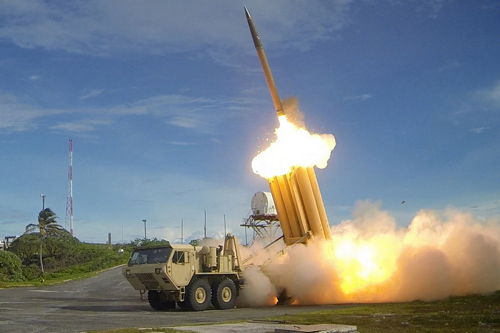Those F-35 problems don’t seem to have stopped Singapore, Poland, Greece, Canada, Czech Republic, Finland, Switzerland and probably others I can’t recall off the top of my head, from ordering more despite being fully aware of those TR-3 / Block IV problems. The ‘4th JSF’ squadron was called ‘Additional Air combat capability’ with the emphasis on the ‘additional’. Certainly ADF and the former Government didn’t believe that 72x JSF and 24x Growlers provided a sufficient air combat capability, hence why ‘additional’ aircraft were required.To be fair, the situation with the F-35 is unclear, TR3 is here, but Blk4 isn't. There are issues. We have 72 F-35, and 36 super hornets. This is reasonable fighter capability. We should probably look at enablers, weapons and autonomous capabilities, as well as upgrades.
The fourth squadron of F-35 was never confirmed AFAIK. There was not order being cancelled. It was always in the future, and in balance of UAV or other similar capabilities. Arguably upgrading the 36 SH to Block 3 capability is a good here and now option, and upgrading the existing F-35 Fleet to Blk IV, is more important than acquiring only a squadron of F-35 blk 4. Really the forth squadron of F-35 was AWOL when we ordered Growlers. AIM 260 should be a priority.
Blk3 for the SH may include cft, which would, somewhat, mitigate lack of additional refuellers. Sort of. Not really. Singapore? Commercial?
Same I guess for the JSS/AOR- Allies? Commercial? Its been done before. Heres and idea, refit the RAS capabilities onto the LHD's, at least they could support their own little task force, for regional deployments. Doesn't cost any extra man power, or require new ships. Not ideal, but if a AOR was broken, or some thing needed, it would be at least band aid capability bridge other options.
The Arafura's have their own issues. Arguably what is really lost is the opportunity cost of going with something that can be built fast and immediate that is closely based off the Arafuras. Even if its not exactly what we want. Its another burnt failed to follow through order. Looks bad, is bad. Tearing up the contracts will probably cost as much as not building 4 MMPV, which honestly in this market, would probably be of interest to smaller friendlies and would round out the contracts and investments and buy time to adapt and you would have something that can go bang.
Hydrographic and mine sweeper is a obliterated. Shame, as mine laying is really coming into its own IMO. As this moves into UUV space pretty quickly. I wonder if they will dispose of the Huons entirely?
Army, the news is pretty grim. Perhaps more than the lost of units, is the destruction this causes to SMEs and suppliers who gain, tried to bet on the government actually coming through on promises, and are now going to be thrown to the wall on order numbers. Relationships strained, and its not clear that what is built is enough to offer real capability anyway.
Probably the darkest part of all this, is IMO, it seems as if we are still floating in terms of strategies and direction. Kill programs, kill future programs, kill existing capabilities, break promises, lurch into new uncharted announcements and high risk, long term, projects with out even clear candidates selected, with builders who don't operate in Australia. It doesn't seem to explain why obvious program that could provide real capability quickly aren't explored, or where we are really going with this.
It was confirmed. It was listed as project to proceed under FSP2020 and it gained first pass approval. It has never been a case of ‘and / or’ for upgrading our existing F-35’s to the Block IV standard or acquiring new aircraft. The existing fleet has always been planned and funded to stay in lockstep with the USAF in terms of upgrades.
The Growlers were ordered in 2013 and were all in-service by 2017. They had nothing whatsoever to do with “Additional air combat capability” as a project.
The Super Hornet Block III program cancelled the conformal fuel tanks in 2021. They have not been completely developed, nor integrated onto the Super Hornet, nor flight tested. There is no way on God’s green earth RAAF will fund that, when the USN for cost, performance and schedule reasons, stopped them…
Again the additional KC-30A’s like so many other capabilities have just vanished, without replacement.
The list is actually astonishing. The only thing that is “integrated” is the slash and burn team effect that has delivered this outcome.
Last edited:



